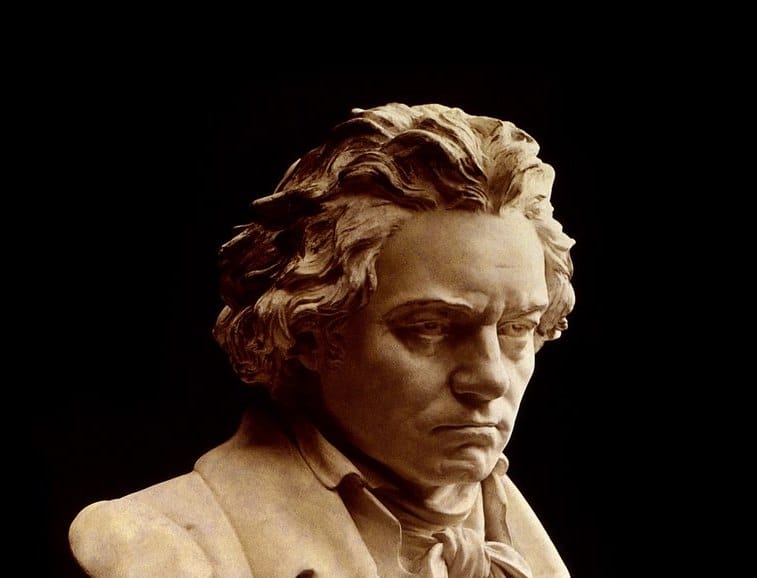How to Play Beethoven’s Moonlight Sonata’s 3rd Movement

If you play the piano, you’ve probably played the first movement of Beethoven’s Moonlight Sonata. Beginners can’t wait to play all three pages, and advanced learners can’t wait to get into the last movement. Many can play the first movement, but the third movement is somewhat more challenging! Here are some tips for getting started, including free access to the sheet music.
How Beethoven Wrote the Moonlight Sonata
Beethoven’s ‘Moonlight’ Sonata, Op. 27 No. 2, was written in 1801, and is one of the most searched for piano works today. It is the most listened to work by Beethoven on YouTube, with over 170 million views. Its popularity with piano learners spans centuries, due perhaps to the romantic nature of its title (which appeared after Beethoven’s death), or perhaps because it offers as much to the early-intermediate pianist as it does the advanced pianist.
This has prompted numerous questions online, including a desire to know what inspired Beethoven’s Moonlight Sonata, and how Beethoven wrote the Moonlight Sonata. The historical evidence surrounding this is perhaps not as romantic as some may hope, though perhaps we can agree: the Moonlight Sonata seems to embody something as aspirational as it is beautiful.
How Hard is Beethoven’s Moonlight Sonata?
For those looking beyond Grade 8, you may be glad to know that the complete sonata is on the dipABRSM syllabus. The third movement presents numerous technical challenges, not least the speed and dexterity required to play Presto Agitato.
The Moonlight Sonata BPM will be around 168 to 208. Valentina Lisitsa’s recording is one of the most viewed on YouTube with over 52 million views, and she plays it around 180-200 BPM:
Where do I start?
The good news is that – if you go about learning it effectively – it is not as difficult as it may seem!
Here is a video of one of my students learning the first part. This should get you started:
If you’d like to get started learning this piece now, you can access the free sheet music here.
Here are some steps to work through:
1) Play slowly singing the theme of the first movement
Beethoven’s writing is incredibly motivic. This means he created connections between each movement of the sonata. Since you probably already know the first movement, trying playing the third movement slowly singing the theme of the first movement. Use the sustain pedal and create a ‘moonlight’ atmosphere.
2) Play each broken chord in speed bursts, pausing after each one
All those broken chords you’ve been learning since Grade 1 are paying off! All you have to do is cover the notes and flick your fingers. Take time and make it feel natural. Then try it again with a shorter pause.
3) Now go for it!
Close your eyes and imagine yourself playing it up to speed. Then don’t think, and just play.
All being well: voila!





